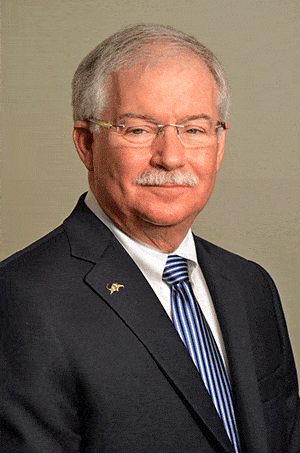
Often, when distributors think about value propositions or differentiating themselves to appeal to customers, they are in an echo chamber, only talking to each other, or watching what competitors do. So the distributors will emphasize their great service or their experienced sales team or their low prices, without any real sense of whether any of that is important to customers.
It’s the same principle we talked about in an article published last month for the National Association of Wholesaler-Distributors in their blog: communicating and listening.
Back in 1996, we did a study with Andersen Consulting on how distributors could best face the cataclysmic changes that were about to hit the industry. The study mapped nearly 200 practices that high-profit, high-growth distributors had in common, things that less successful distributors didn’t do. The single practice that was by far the greatest predictor of success was that the distributor had a source of information about what customers thought of them – a source that was not their sales team.
Practically everything in the distribution industry has changed since 1996. Andersen Consulting doesn’t even exist anymore, but artificial intelligence and automated inventory replenishment do. Through it all, however, some things haven’t changed. For one, market power remains where it has always been – in the hands of the customer. And another constant: the importance of understanding your customers, of taking the time to ask them what they want and what they value.
Many companies think they can accomplish that with Survey Monkey or two or three standard multiple-choice survey questions that pop up on screen after an online transaction. That’s not going to produce useful information. When we work with companies to improve sales and performance, we often have managers in a variety of departments – finance, operations, even human resources – interview customers and ask what’s really important to them.
And inevitably, we see distributors who have been in business 20 or 30 years come away from those interviews surprised. They discover reams and reams of information about their customers that they never had any inkling about. Not because they aren’t bright people, but because they never actually went out and talked to their customers. They never asked the customer what they are buying, and why – or why that customer buys it from them and not a competitor.
Today, the market is in the throes of epic change even greater than anything we imagined in 1996. Channels change and come and go almost daily. But the basic principles are absolutely the same: To grow sales and profit, distributors must know what the customer is buying – not what they think they’re selling.
Once again, it boils down to a simple principle: Communicate. And listen.

